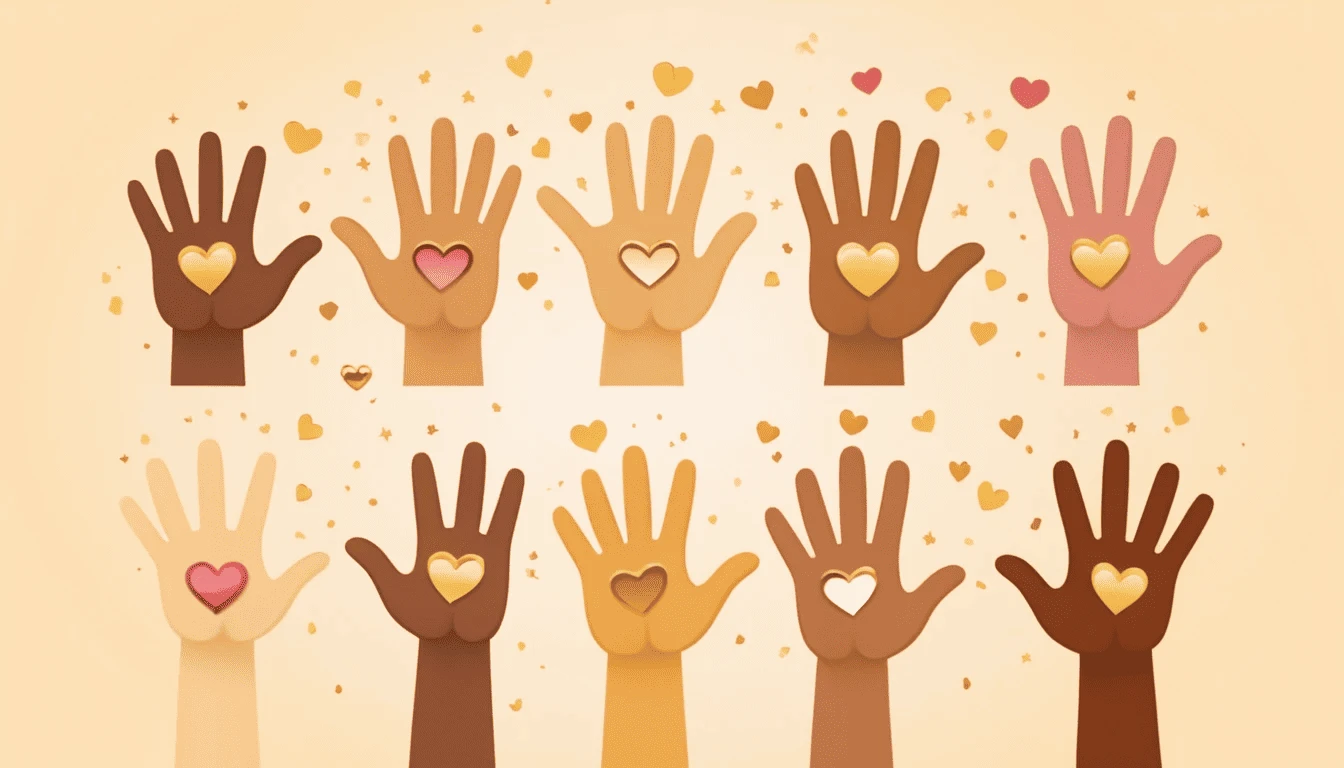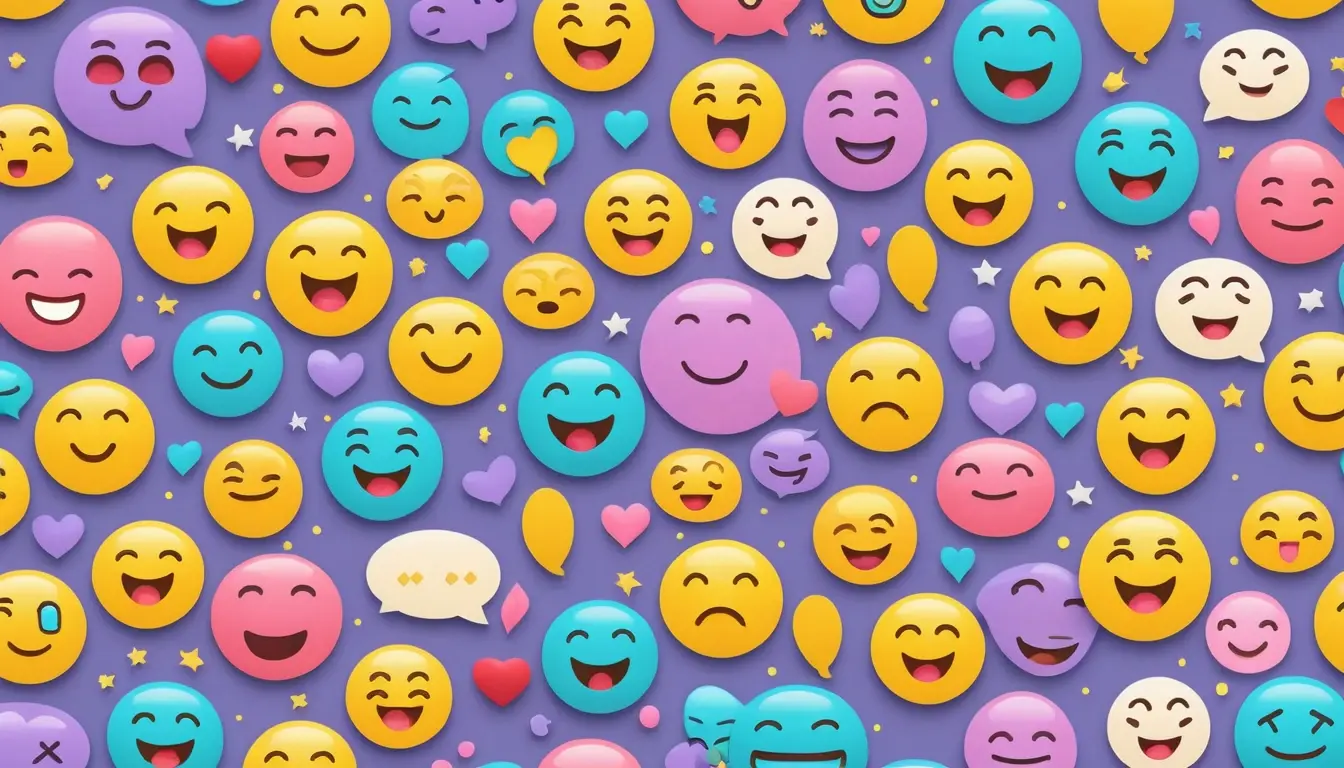😄
Smileys & Emotion
165 emojis available
Express your feelings with a wide range of facial expressions, emotions, and mood emojis. Browse our complete emoji list or use our emoji search to find specific emojis. Discover emoji meanings and explore popular emojis for trending symbols.
Category:Smileys & Emotion
Total:165 emojis
Frequently Asked Questions
What do smiley emojis mean in digital communication?
Smiley emojis represent happiness, friendliness, and positive emotions in digital conversations. They can also be used to soften messages, show gratitude, or express excitement. Their exact meaning depends on the context, the platform, and even cultural interpretation. Explore our Smileys & Emotion category to discover the full range of emotional expressions available.
Why do smiley emojis look different on different platforms?
Every platform, such as Apple, Google, Samsung, and Microsoft, has its own emoji design style. While the underlying emoji code is the same, these stylistic differences can sometimes change how a smiley emoji is perceived, from subtle shifts in facial expressions to completely different emotional tones. For example, 😄(grinning face with big eyes) and 😊(smiling face with smiling eyes) may appear differently across devices.
How do I use smiley emojis effectively in professional communication?
In professional settings, smiley emojis should be used sparingly and appropriately. Simple emojis like 🙂 or 😀 can add warmth to emails or chats without appearing unprofessional, while overly playful or exaggerated emojis may not be suitable for formal business conversations.
What is the difference between 🙂, 😊, and 😁?
Although they all express happiness, each smiley has a slightly different tone. 🙂(slightly smiling face) is neutral and polite, 😊(smiling face with smiling eyes) shows warmth and friendliness, while 😁(beaming face with smiling eyes) conveys excitement or laughter. Understanding these subtle differences helps you choose the best emoji for your message. Click on any emoji to see its detailed meaning and usage examples.
Can smiley emojis have different cultural meanings?
Yes. While most smiley emojis are universally understood as positive, cultural context can influence interpretation. For example, a slight smile 🙂 may be seen as polite in one culture but insincere in another. Knowing your audience helps avoid misunderstandings.
How are new smiley emojis created and approved?
New smiley emojis are proposed to the Unicode Consortium, which reviews and approves them based on usage, demand, and cultural relevance. Once approved, they are added to the official Unicode standard and later adopted by platforms like Apple and Google. Check out our Unicode versions to see when different emojis were introduced.
What is the most popular smiley emoji?
The 😂(face with tears of joy) Face with Tears of Joy emoji has consistently been one of the most popular smiley emojis worldwide. It represents uncontrollable laughter and is frequently used across social media, text messages, and informal digital communication. Check out our Most Popular Emojis page to see current trends and statistics.
Why do some smiley emojis have subtle variations like tilted heads?
Variations such as 🙂(slightly smiling face) and 🙃(upside down face) add nuance to digital communication. A slight tilt or upside-down smiley can indicate sarcasm, playfulness, or irony. These variations help users convey tone more accurately without relying solely on text.
How do smiley emojis improve emotional clarity in texting?
Smiley emojis like 😄(grinning face with big eyes), 😊(smiling face with smiling eyes), 🙂(slightly smiling face), and 😂(face with tears of joy) reduce misunderstandings in text-based communication by visually expressing emotion. They help clarify tone, making messages feel friendlier and preventing misinterpretation in conversations where vocal cues and facial expressions are absent.
Are smiley emojis appropriate for social media captions?
Yes. Smiley emojis are widely used on platforms like Instagram, TikTok, and Twitter to create a friendly and engaging tone. They can make captions more relatable, highlight emotions, and improve audience engagement when used naturally and in moderation.
What is the difference between emoji reactions and smiley emojis in chats?
Emoji reactions are quick one-click responses, often limited to a few choices, while smiley emojis can be inserted directly into a message. Reactions are great for fast acknowledgment, but smiley emojis allow for richer emotional expression.
How can I find the exact meaning of a specific smiley emoji?
You can click on any smiley emoji on our site to open its dedicated page. There, you'll find its meaning, usage examples, history, cultural context, and a copy button for quick access. Browse our complete emoji collection to explore all available emojis.



